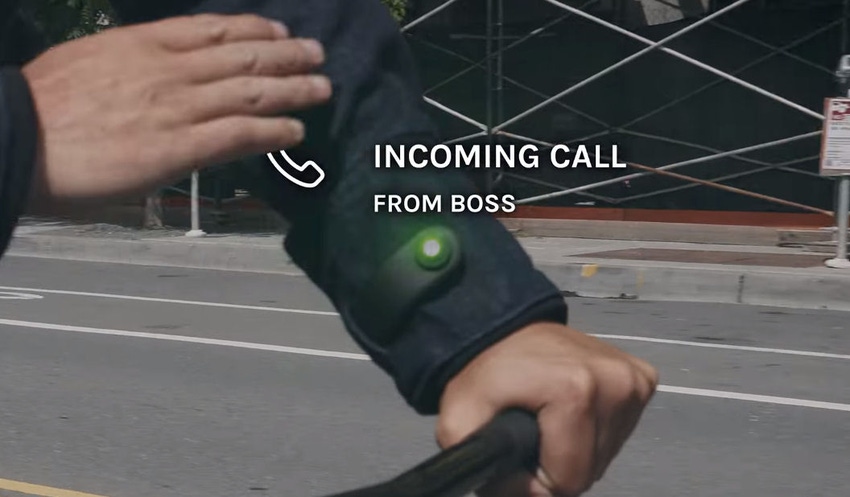On the concluding day of its big developer conference Google looked to emerging devices technology in the form of a wearables partnership with Levi’s and its own Project Ara modular smartphone.
May 23, 2016

On the concluding day of its big developer conference Google looked to emerging devices technology in the form of a wearables partnership with Levi’s and its own Project Ara modular smartphone.
Wearables have been expected to be the next big thing in the devices world for a few years but, as the relatively muted reception received by Apple’s Watch indicates, the mass market has yet to be convinced it needs wearables on top of all the other smart devices it already has.
If they’re not into smart watches maybe they’ll go for smart clothing. That seems to be the rationale behind Project Jaquard, one of a few announcements from Google’s Advanced Technology and Projects (ATAP) division that was retained from Google’s otherwise abortive Motorola Devices acquisition. Jaquard is named after the inventor of a mechanical loom and it aims to introduce smart technology to fabric itself.
In this case the fabric is denim and Google has partnered with jeans maker Levi’s to make the Commuter Trucker jacket. Despite all the clever fabric tech, the main feature of this jacket seems to be a distinct module built into the sleeve that allows gesture control of the smartphone in your pocket, as demonstrated in the first video below, from Levi’s, and the second from Google (look out for the fist-bump).
“Anyone on a bike knows that navigating your screen while navigating busy city streets isn’t easy – or a particularly good idea,” said Paul Dillinger, head of global product innovation for Levi Strauss. “This jacket helps to resolve that real-world challenge by becoming the co-pilot for your life, on and off your bike.”
The original ATAP project was Project Ara, a modular smartphone platform that allows hot-swapping of components. Initially this was positioned as a way for consumers to incrementally upgrade their smartphones without having to buy a whole new one but now, according to the video below, the massaging has moved more towards ad hoc customisation depending on your energetic young tastes.
The last major announcement from ATAP concerned Project Soli, which is a gesture-driven user interface that uses a small radar sensor. As the Jaquard jacket shows a good gesture UI is critical to the future success of wearables, without which it’s not at all obvious what advantage they offer over smartphones. Google has been sharing the technology with some clever third parties and demonstrated some of their progress in the last video below.
Once more the ATAP announcements showed how good Google is at empowering clever people to innovate. The wearables and gesture UI work seems to be a good effort at developing the next ‘smart’ paradigm after the smartphone, but Project Ara still comes over as somewhat gimmicky and it’s still not clear what consumer problems it solves. None of these innovations will be available to buy for a little white yet, and marketing has always been a weakness of engineering-led Google, but it’s good that it keeps rolling the dice regardless.
https://www.youtube.com/watch?v=yJ-lcdMfziw
https://www.youtube.com/watch?v=grKHwQIaiaA
https://www.youtube.com/watch?v=aWW5mQadZAY
About the Author(s)
You May Also Like








.png?width=300&auto=webp&quality=80&disable=upscale)


_1.jpg?width=300&auto=webp&quality=80&disable=upscale)


.png?width=800&auto=webp&quality=80&disable=upscale)